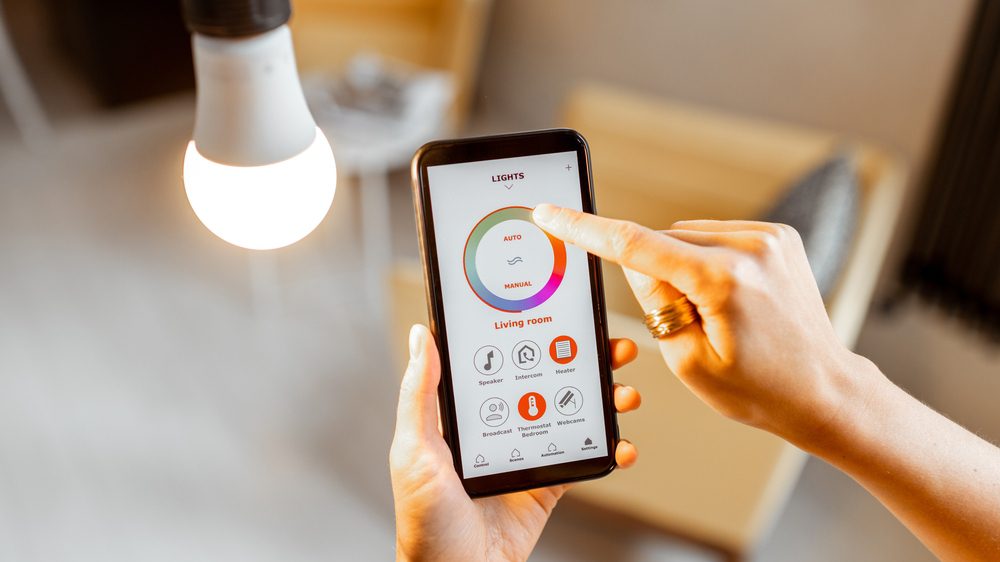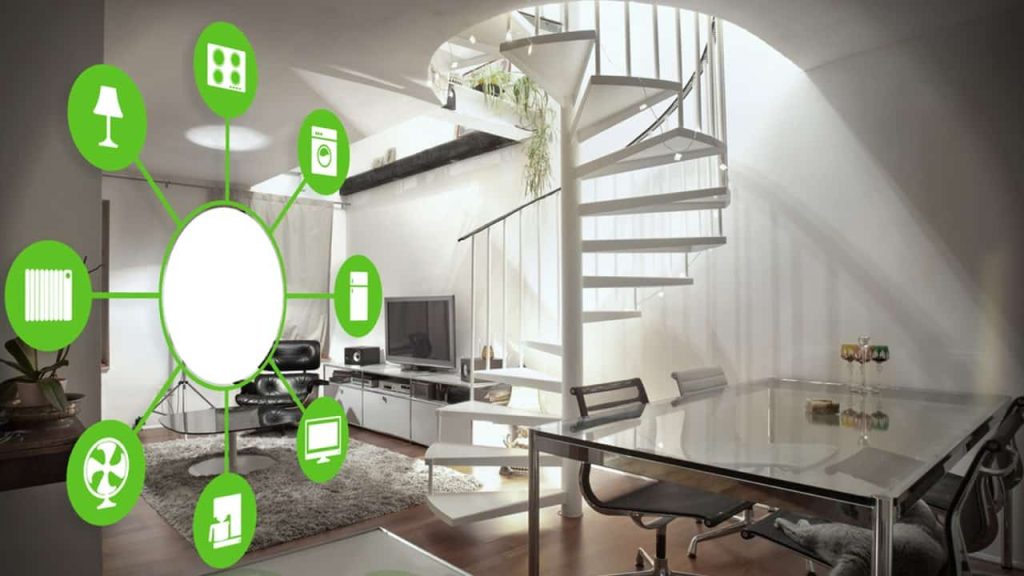In this modern age of technology, smart systems have become an integral part of our daily lives. From smartphones to smart homes, everything around us is becoming smarter and more efficient. One such advancement in technology is the concept of smart lighting system. Gone are the days when we had to manually switch on and off lights or adjust their brightness. With smart lighting, we can control our lights with just a tap on our smartphones or through voice commands. But what exactly is a smart lighting system? Let’s delve deeper and understand what it is, how it works, and its benefits.
Introduction to Smart Lighting System
Smart lighting is an advanced form of lighting that utilizes technology to create efficient and controllable lighting systems. It is a key component of smart homes and smart cities and plays a crucial role in energy conservation and cost savings. Unlike traditional lighting systems, which required manual operation, smart lighting allows users to control and customize their lighting according to their needs and preferences.

Basic information about the smart light
What is Smart Lighting?
Smart lighting is a lighting system that uses internet connectivity and various sensors to automate the control of lighting. It enables users to remotely control, monitor, and adjust their lights through a mobile device or voice commands. These lighting systems have the ability to adjust brightness, color, and scheduling, providing a personalized and convenient lighting experience.
How does Smart Lighting Work?
Smart lighting systems use a combination of different technologies to operate. The most common ones are Wi-Fi, Bluetooth, and radio frequency (RF) signals. These technologies enable the connection between the lighting fixtures and the central control hub, usually a smartphone or a smart home hub. The control hub acts as a bridge between the user and the lighting system, allowing them to communicate and control the lights.
In addition to connectivity, smart lighting systems also use sensors such as motion, occupancy, and ambient light sensors. These sensors provide real-time data to the control hub, allowing it to make automated adjustments to the lighting. For example, when a motion sensor detects movement in a room, it can turn on the lights, and when there is no movement, it can turn them off to conserve energy.
Benefits of Smart Lighting System
Smart lighting offers numerous benefits, making it a popular choice for homes and cities. Let’s take a look at some of its key advantages:

Advantages of the smart light system
Energy Efficiency
One of the main benefits of smart lighting is its ability to save energy. With traditional lighting, we often forget to turn off lights, leading to unnecessary energy consumption. But with smart lighting, we can automate the process, ensuring that lights are only turned on when needed. This not only reduces our energy bills but also helps in conserving natural resources.
Cost Savings
Smart lighting systems may have a higher upfront cost compared to traditional lighting, but in the long run, they prove to be more cost-effective. By optimizing energy usage, smart lighting can significantly reduce electricity bills, resulting in cost savings for the users.
Convenience and Customization
With smart lighting, users have complete control over their lighting. They can create custom schedules, adjust brightness and color, and even control multiple lights simultaneously. This level of convenience and customization makes smart lighting a preferred choice for many.
Security
Smart lighting systems can also enhance the security of a home or building. With the ability to schedule lights to turn on and off at specific times, it can give the illusion that someone is always home, deterring potential intruders. Moreover, with the integration of motion sensors, lights can automatically turn on when there is movement, alerting the residents of any unexpected activity.
Accessibility
Smart lighting is also highly accessible for individuals with disabilities or limited mobility. With the use of voice commands, they can easily control their lights without having to physically operate switches or reach for their mobile devices.
Types of Smart Lighting Technologies
There are several types of smart lighting technologies available in the market today. Let’s take a look at some of the most common ones:

Types of smart light systems
Wi-Fi Lighting
Wi-Fi lighting utilizes a home’s existing Wi-Fi network to connect and control the lights. It is one of the most popular options as it does not require any additional hardware or hubs. However, it may have limitations in terms of range and connectivity.
Bluetooth Lighting
Bluetooth lighting systems work similarly to Wi-Fi lighting, but instead of using a Wi-Fi network, they use Bluetooth connectivity. This makes them more energy-efficient, and they can work even when there is no internet connection. However, they have a shorter range compared to Wi-Fi lighting.
Zigbee and Z-Wave Lighting
Zigbee and Z-Wave are two wireless communication protocols that allow smart devices to communicate with each other. These technologies use low-power signals, making them energy-efficient. They also have a longer range than Bluetooth and Wi-Fi, making them ideal for large homes or buildings.
Hybrid Lighting
Hybrid lighting systems use a combination of different technologies, such as Wi-Fi, Bluetooth, and Zigbee, to provide maximum connectivity and flexibility. They are often considered the most reliable option as they can switch between different networks if one fails.
Implementing Smart Lighting: Challenges and Solutions
While there are numerous benefits of smart lighting, there are also challenges when it comes to implementing it on a larger scale. Let’s discuss some of these challenges and potential solutions:
High Initial Cost
As mentioned earlier, the upfront cost of smart lighting systems can be higher than traditional lighting. This may deter some users from making the switch. To combat this, manufacturers are constantly working on reducing the cost of smart lighting by using more affordable technologies and efficient production methods.
Integration with Existing Infrastructure
For cities or buildings that already have a lighting infrastructure in place, integrating smart lighting can be a daunting task. It requires careful planning and installation to ensure that the system works seamlessly with the existing infrastructure. To address this, companies are offering retrofit solutions that allow for easy integration with minimal disruption.
Cybersecurity Risks
With any technology that connects to the internet, there is always a risk of cybersecurity breaches. Smart lighting systems are no exception. As these systems use personal data and may have access to other connected devices, it is essential to prioritize cybersecurity during the development and implementation of smart lighting.
Future of Smart Lighting Systems
The future of smart lighting looks promising as it continues to evolve and improve. With advancements in technologies such as artificial intelligence and the Internet of Things (IoT), smart lighting systems will become even more efficient and personalized. We can expect to see more integration with other smart devices, further enhancing the convenience and control for users.
Moreover, smart lighting will play a crucial role in creating sustainable and energy-efficient smart cities. By utilizing data from sensors and user behavior, city planners can optimize lighting usage and reduce energy consumption, leading to cost savings and a greener environment.
Conclusion
Smart lighting systems have revolutionized the way we think about lighting. They provide numerous benefits, including energy efficiency, cost savings, and convenience. With the advancements in technology and increasing demand for smart homes and cities, we can expect to see more innovative solutions in the field of smart lighting. However, it is essential to address challenges such as cost, integration, and cybersecurity to ensure the successful implementation and widespread use of smart lighting systems.


